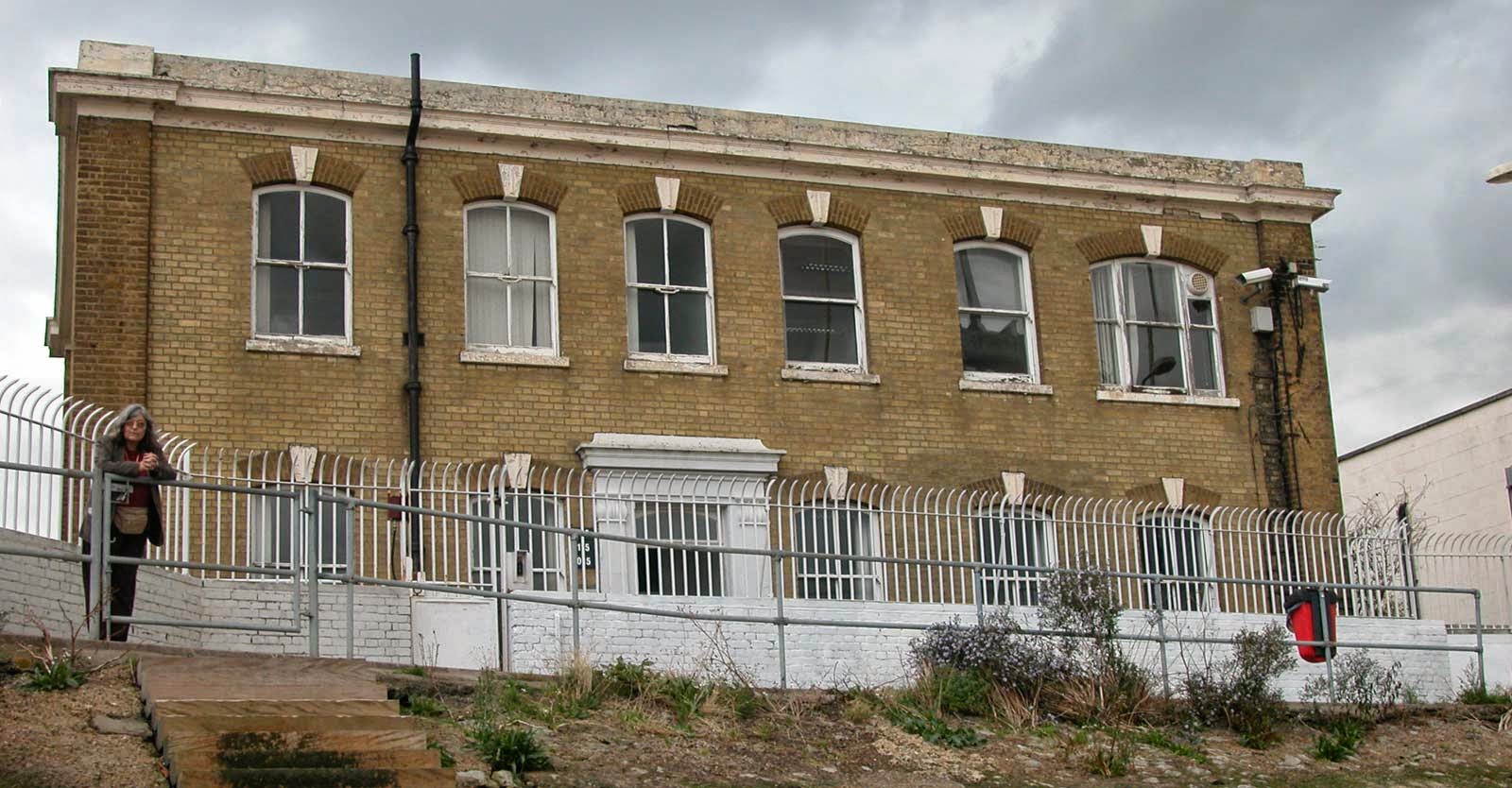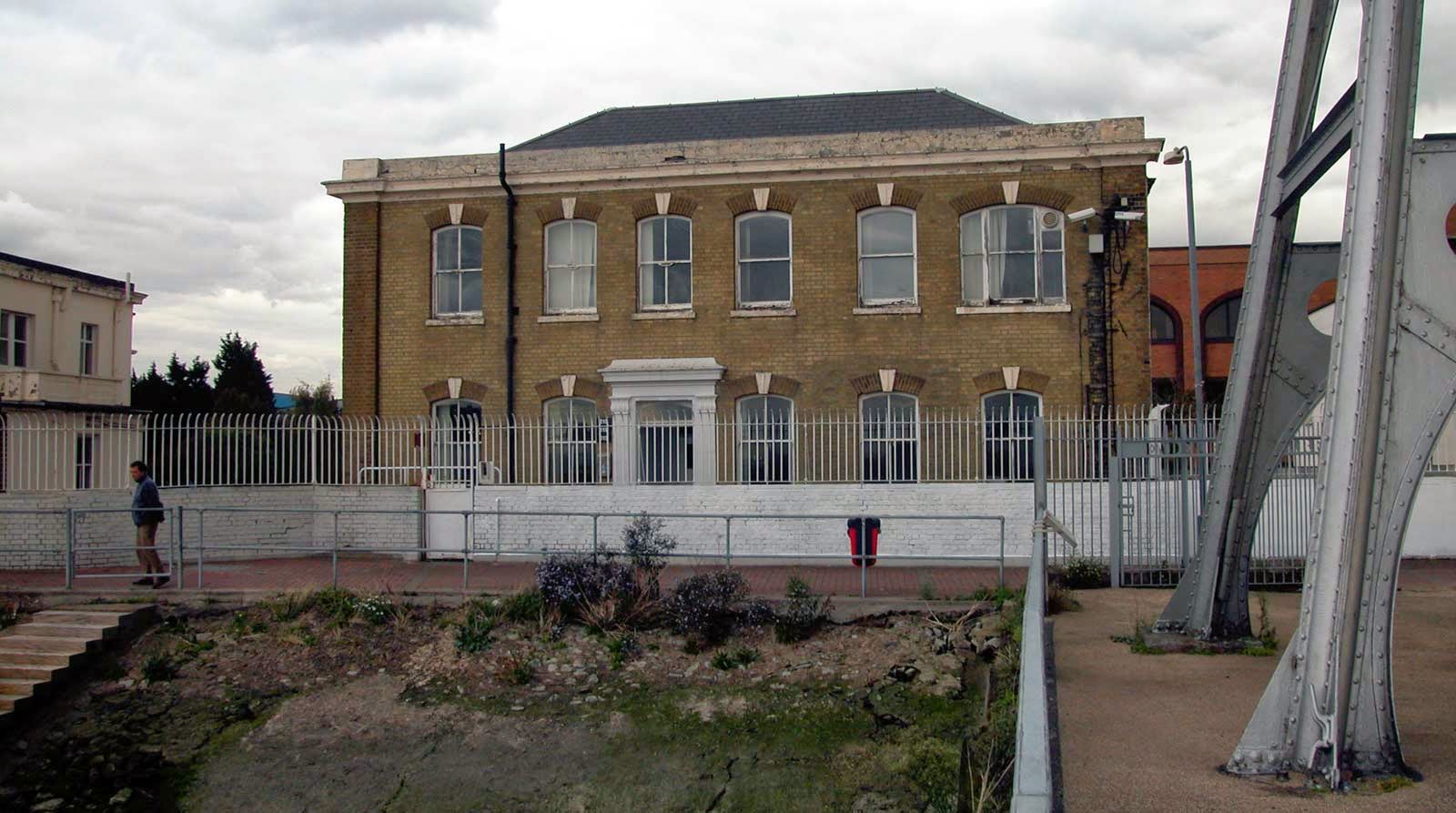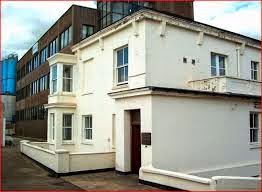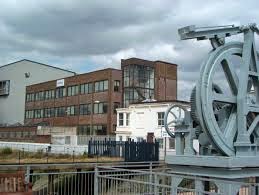The following text is a note taken from a talk given to Blackheath Scientific Society - with thanks to them for allowing us to reproduce it.
PLUTO
Pipe Line Under the Ocean
by Mr A F Cantle
The Invasion of Normandy took place on June 6th1944 but preparations for it started way back before then.
Early in 1942 during discussions between Lord Louis Mountbatten and Geoffrey Lloyd, who was Minister in Charge of Petroleum Warfare. Lord Louis suggested that perhaps a pipeline could be laid across the English Channel.
![]() |
Manufacture of PLUTO BICC Erith
|
This discussion was soon extended to various oil companies, and A C Hartley, Chief Engineer of the Anglo Iranian Oil Company, suggested that it would be possible to manufacture a coreless lead sheath as used on power cables.
Hartley’s preliminary discussions were with Dr Wright of Siemens Brothers of Woolwich, and resulted in Siemens producing a sample length of 2
² bore pipe externally armoured.
This was tested at Chatham Dockyard, and proved satisfactory.
This pipe was referred to as “cable” in order to preserve secrecy and reduce the risk of the cable companies being targeted for air raids, especially as all of those involved would be on coastal or Thameside locations.
It was given the name of HAIS Cable; H for Hartley, AI for Anglo Iranian, and S for Siemens.
Various cable companies were involved: Siemens, Johnson and Phillips, Callenders, Henley, Pirelli and others. Plant limitations in headroom and craneage meant that they manufactured their lengths of tubing, and sent them to the Thames for jointing and armouring, then storing in riverside pits until required.
![]() |
Sheds for the nanufacture of Pluto. BICC Erith
|
None of the existing cable laying ships had equipment big enough to handle the pipeline envisaged.
Three merchant ships, Latimer, Sandcroft and Algerian were fitted out with large storage tanks and laying gear for the main task.
Meanwhile another vessel, Holdfast, was converted to handle the first 35 mile long 2² bore HAIS pipe, which was laid as a full scale trial across thhhe Bristol Channel from Swansea on the Welsh coast to Ilfracombe on the North Devon coast in March 1943. Many problems had to be overcome on this trial: connecting to the shore ends – tidal currents – joints bursting at the 750 lb/sq in internal pressure used to pump the fuel though the line.
It was decided that the final line would be a 3² bore pipe, with double steel tape round the lead tube, armoured with galvanised steel wire, and covered in tar impregnated hessian tape – making a total diameter of about 5½². This would be manufactured in 35 mile lengths for laying between Dungeness and the Pas de Calais; and 70 mile lengths for laying between the Isle of Wight and Cherbourg. The 3²bore pipe had twice the capacity of the 2² pipe.
It had been planned that pipe laying would take place about three weeks after “D” Day but the many and varied problems (the pipe wrapping itself around the ship’s propeller, etc) meant that it was not until 22nd September 1944 that fuel started to flow. This was pumped at 750 lb/sq in and delivered 56000 gall/day.
Eventually eleven lines of HAIS were laid from Dungeness to the Pas de Calais; and two from the Isle of Wight to Cherbourg. Once laid these gave no problems, apart from the difficulties of coupling.
As a back up to the HAIS design a steel pipeline was also produced. It was called HAMEL after its originators H A Hammick and B J Ellis, both of the Burmah Oil Company; and developed by J Dobbie of Stewart and Lloyds. The pipe was manufactured in short lengths and jointed by welding into 4000 ft long sections. These were stored beside Tilbury Docks. Huge floating steel drums, like gigantic cotton reels, 40 ft in diameter were constructed to hold 30 mile lengths of pipe, with a total weight of 1600 tons. These “Conundrums” were towed across the Channel by powerful tugs, unwinding the pipeline as they went.
Initially one tug was used, but it could only achieve a speed of four knots with this load, and with a tide strength of five knot progress was impossible. Eventually a landlubber pointed out that the wake of the tug impinging on the drum was thrusting it back in proportion to the power employed. By using two tugs spaced so that their wakes passed outside the drum the problem was overcome.
Six HAMEL pipelines were laid from Dungeness to the Pas de Calais; and two from the Isle of Wight to Cherbourg, in addition to the HAIS pipelines mentioned above.
The HAMEL pipelines had a limited life. The steel tubes were cut through by movement over rocks on the seabed, particularly at the reefs near Bassure de Baas. They lasted no more than three months.
The major pipelines of the PLUTO project were: Liverpool to Avonmouth, then the Isle of Wight – then links to: Cherbourg; St Lo; Alençon; Chalons-sur-Marne; Luxembourg; and the Rhine at Mainz.
Liverpool to the Midlands and down to Thames Haven, Isle of Grain - then links to: Boulogne; Ghent; Antwerp; Eindhoven; and the Rhine at Emmerich.
The pipelines across England ran through fields and villages, and were often a source of annoyance to the villagers, without them realising what the pipeline was for.
Pumping stations at the coast were built to look like bombed out seaside chalets.
The pumping pressure was gradually increased up to 1200 lb/sq in, and as much as a million gallons per day of various fuels were pumped through. Over the whole project a total of 173 million gallons were supplied.
After the war the original 2² bore pipe laid across the Bristol Channel continued in use for more than a year, supplying Devon and Cornwall with petrol. In Europe the pipelines remained in use until July 1945. Then with the increase in shipping in the Channel the pipelines became a hazard.
The Royal Navy was given the task of recovering the shore ends and about three miles at each end of the pipelines. Later, in August 1946, a private salvage operation started to lift the remainder of the HAIS pipelines and coil them back into the cable ships, a reverse operation to laying them. This was very worthwhile, due to the value of the materials involved.
The recovery of the HAMEL pipelines was rather more difficult as the steel tube could not be coiled down but had to be cut into short lengths – which could be hazardous if any lingering petrol caught fire.
PS - Way back in 2005 GIHS had a speaker on PLUTO. This was Allan Green who contributed a recent article to this blog about gutta percha. He subsequently sent us a list of references of information about Pluto which was reproduced in our web site - http://gihs.gold.ac.uk/gihs43.html#pluto
PPS When I was looking for illustrations for this I came across a picture of sheds where it is said the HAIS cable was made in Rainham, Essex. It was said these sheds were still there in the 1980s and I have a vague memory of having them pointed out to me on a river trip. I can find no mention of the existence of these anywhere other than the original reference and the picture. Do they still exist?? and if so, where?? There are sheds very like this picture at the isolated Vioela site in Coldharbour Lane, Essex.
Mary
 Porthurno Research Fellow (and Enderby Group member) Allan Greene looks at the discovery and history of cable's 19th century wonder stuff and the impact it had on both economy and the environment .
Porthurno Research Fellow (and Enderby Group member) Allan Greene looks at the discovery and history of cable's 19th century wonder stuff and the impact it had on both economy and the environment . 




























